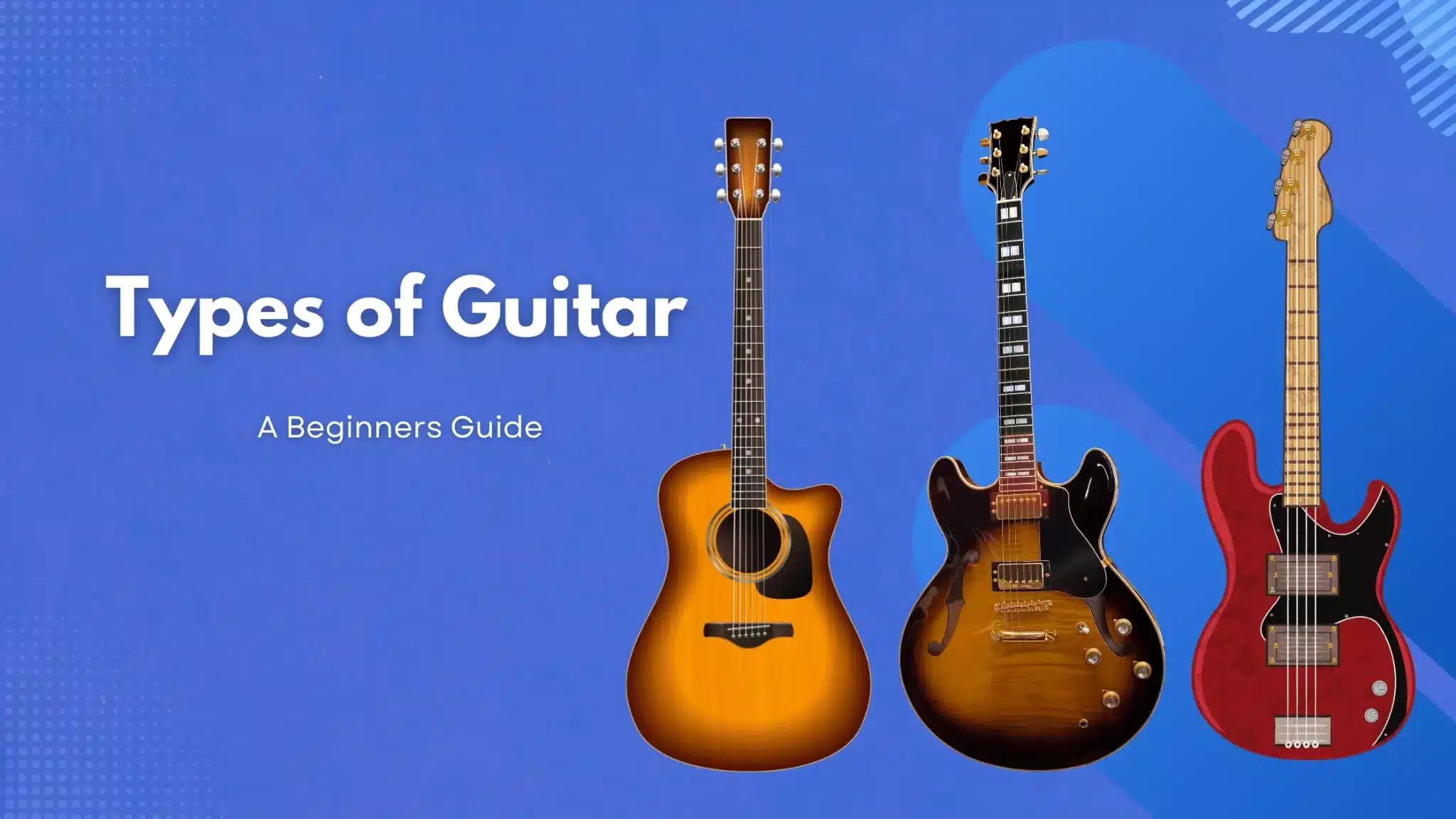For beginners picking the right type of guitar has a huge impact on the learning process. You will find different types of Guitars in a music shop and for a beginner, it will be overwhelming to choose the right one. Don’t worry we got you covered. Read this article to understand the various how many types of guitars are there and you will be better informed about picking the right guitar type.
How Many Types of Guitars Are There?
Before purchasing, you need to be very clear about the different types of guitar available in market and what type of guitar that you have to go for. The following are the six common guitar types that you’ll get in the store or find online.
- Acoustic Steel String Guitar
- Classical Guitar
- Electric Guitar
- Bass Guitar
- 12 String Guitar
- Twin necked Guitar
If you are buying a Guitar for your kid you may also want to consider the junior sizes.
Acoustic Steel String Guitar
An acoustic guitar is a fretted musical instrument that produces sound via vibrating strings above a hollow chamber in the guitar’s body.
In this type of guitars, the vibrations carry through the air and do not require electrical amplification.
The strings in the acoustic guitar are made of steel and have a loud and bright sound. The acoustic guitar is the most suitable guitar for the beginner level.
An acoustic guitar has 6 strings and we will have to use a pick or plectrum to strum the strings. The guitar has to be tuned and for a beginner, Standard tuning is recommended.
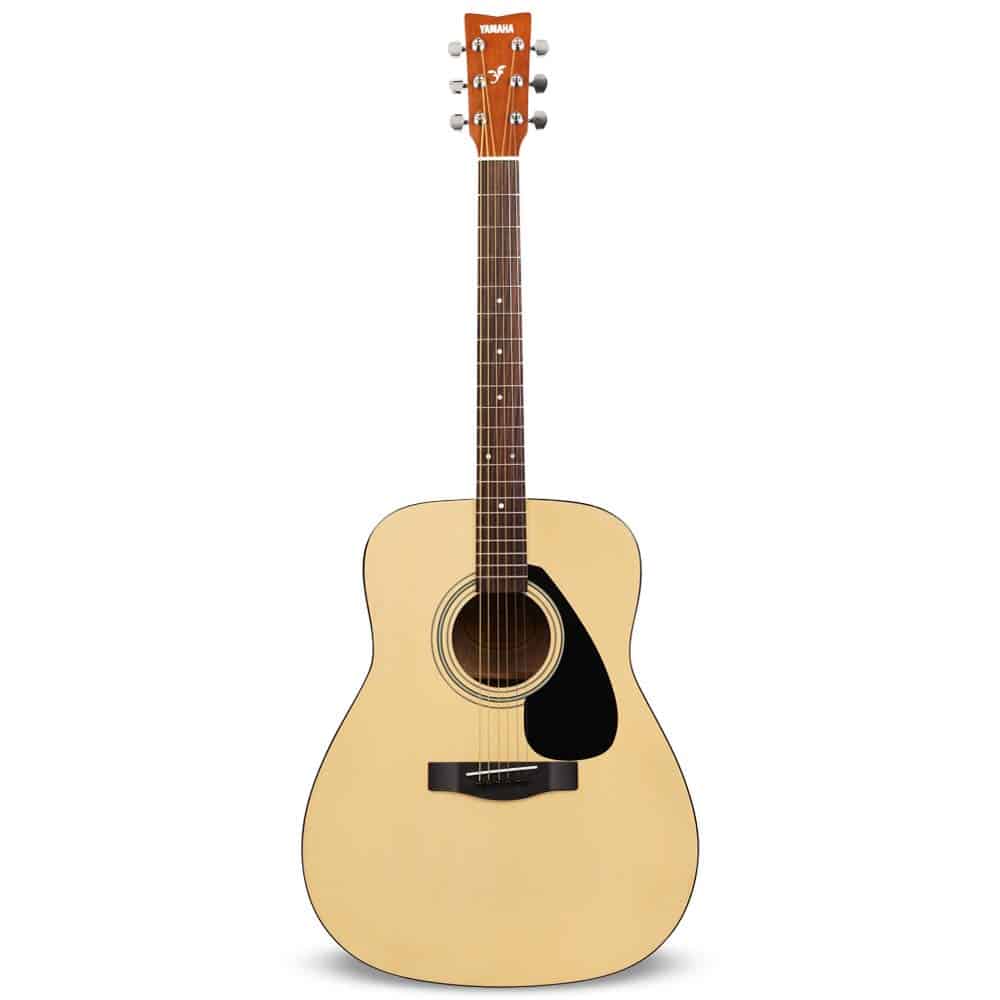
Classical Guitar
The basic shape and construction of a classical type of guitar is very similar to that of the acoustic guitar, compared to acoustic.
The strings used in the classical guitar are made of nylon and the neck is wider than that of the acoustic guitar. But because of the nylon strings, it feels more comfortable to play compared to the steel strings.
The overall sound produced by the classical guitar is less compared to acoustic guitar, making it the second option for beginner level. The classical guitar is generally played with bare fingers and the style of playing is called finger plucking style because you use fingers to pluck the strings. The distance between each string is higher compared to that of a steel-string acoustic or electric guitar.
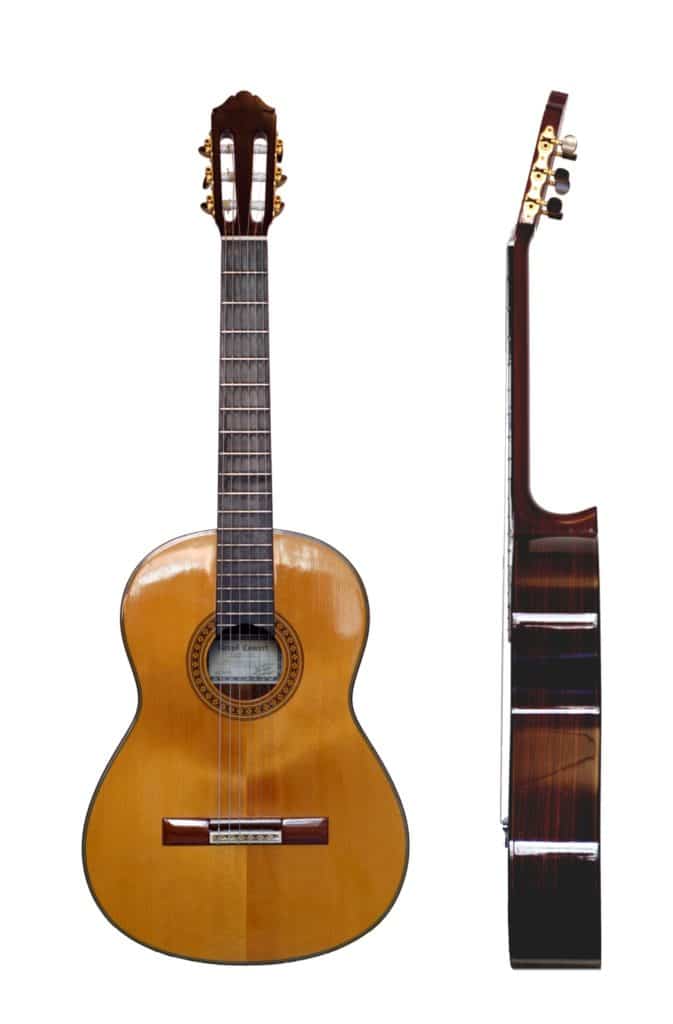
Electric Guitar
Compared to classical and acoustic guitar, electric guitar type requires an amplifier for making the sound. Pickups are fitted in the body to pick up vibrations from the strings and convert them to electric signals, which, is converted to sound by the amplifier. The thickness of the body is very less compared to acoustic and classical guitars. The strings used in the electric guitar are made of steel of various thicknesses. This guitar is not recommended for the beginner level.
Electric Guitars can be plugged with different stomp boxes, to create a variety of effects from distortion, delay, reverb etc.

Bass Guitar
The bass guitar produces the bass sound (lower frequency notes) as the name indicates. A regular bass guitar has 4 strings. The strings in the bass guitar are relatively thicker than that of the acoustic or electric guitar. Bass Guitarists prefer to play with fingers predominantly. Sometimes they also use a pick.
It is generally recommended for a beginner guitarist to start with an acoustic guitar, pick up basic nuances and then move to a Bass Guitar.
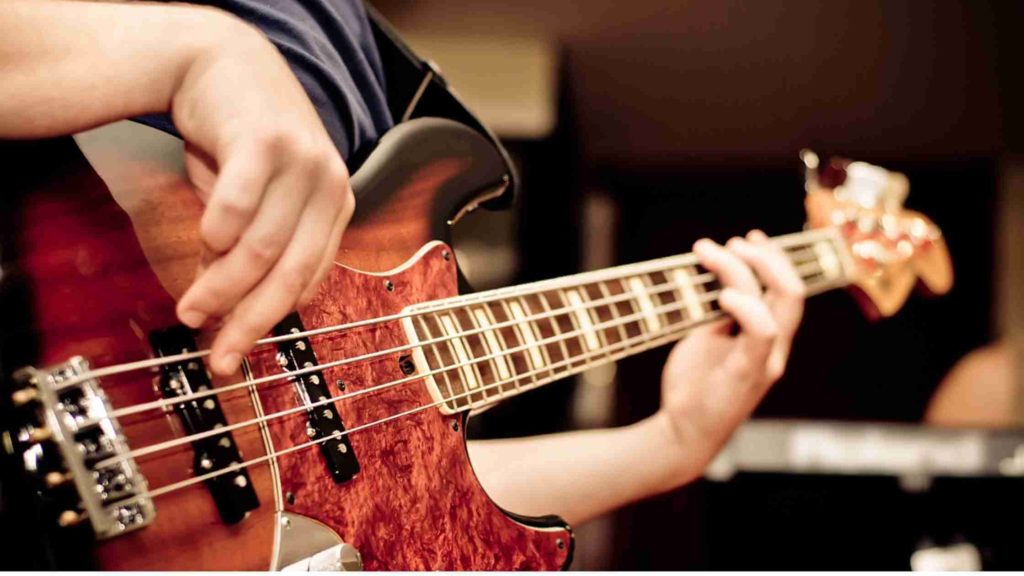
12 String Guitar
As the name indicates a 12-string guitar has 12 strings instead of 6 strings in a regular guitar. The 12-string guitar is used to produce a richer and more ringing sound. This type of guitar is generally used to play the rhythm parts of a song.
The guitar has 12 tuning pegs to which each string is tied. Instead of 1 string like in standard guitar, a 12 string guitar has 2 strings placed closely and they are tuned to the same note. So it will be 2 strings (tuned to the same note) * 6 and there will be a total of 12 strings. The gap between the two strings will be small. Therefore when you play the note it will be the same as that of standard guitar but the effect of two strings together.
This type of guitar is used to play rhythm as it can produce a rich filling effect in the rhythm sections of the song.
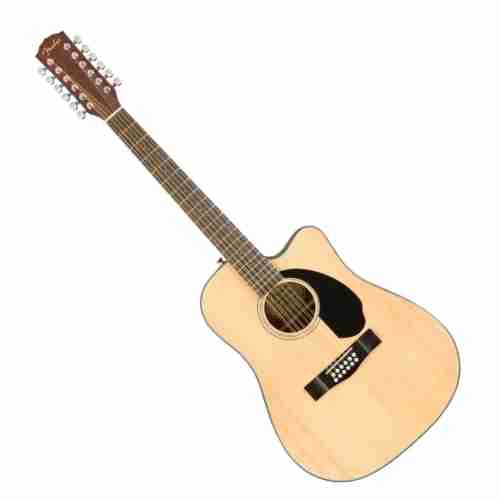
Twin Necked Guitar
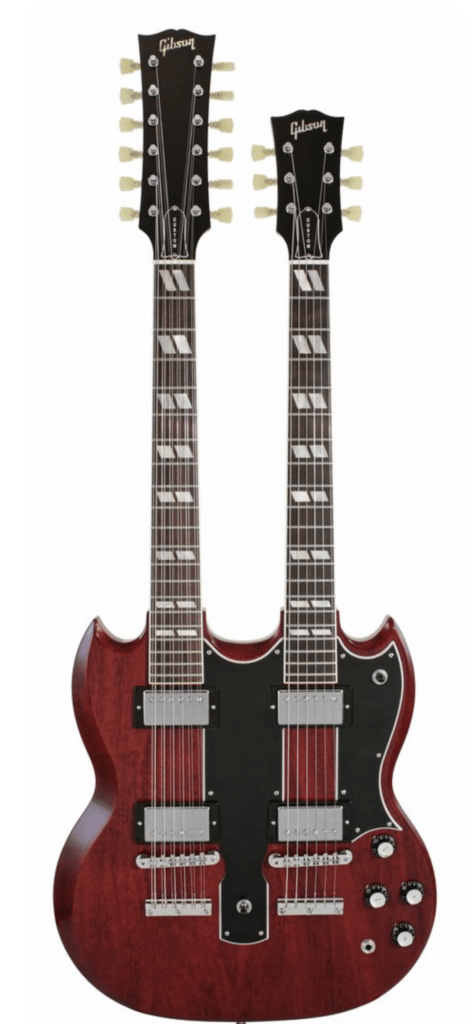
You will find many brands available in the market. Some of the top names are Fender, Gibson, Yamaha, Epiphone, Schecter, Charvel, ESP, Jackson, PRS, etc. Generally, you can assume higher the price the tone, look, and quality of materials used goes up. Many Guitarists prefer a particular brand for a particular style and the tone it can produce.
This type of Guitar is used when the same Guitarist has to play both solo sections in the 6 string guitar and rhythm section in the same song.
Size of the Guitar
After figuring out the different types of guitars, the size plays an important role as it all comes down to comfort. If you’re not comfortable with the size of the instrument which you’ve picked, there is a maximum possibility that you’ll end up losing interest to play. So, in order to know the suitable size, you should try playing different size of the guitar which is available in the store and pick the right one which you feel comfortable playing. The size of the guitar also depends on the age of the student, so here is a size chart that you can also follow:
Are you new to guitar and wondering which one to pick up. We have shortlisted the top ten acoustic guitars from leading brands for you. You can check this blog: Top 10 Best Guitars for Beginners. Check out our online live 1 to 1 live Guitar classes taught by qualified Guitar teachers.
Related blog: Best guitar for beginners

